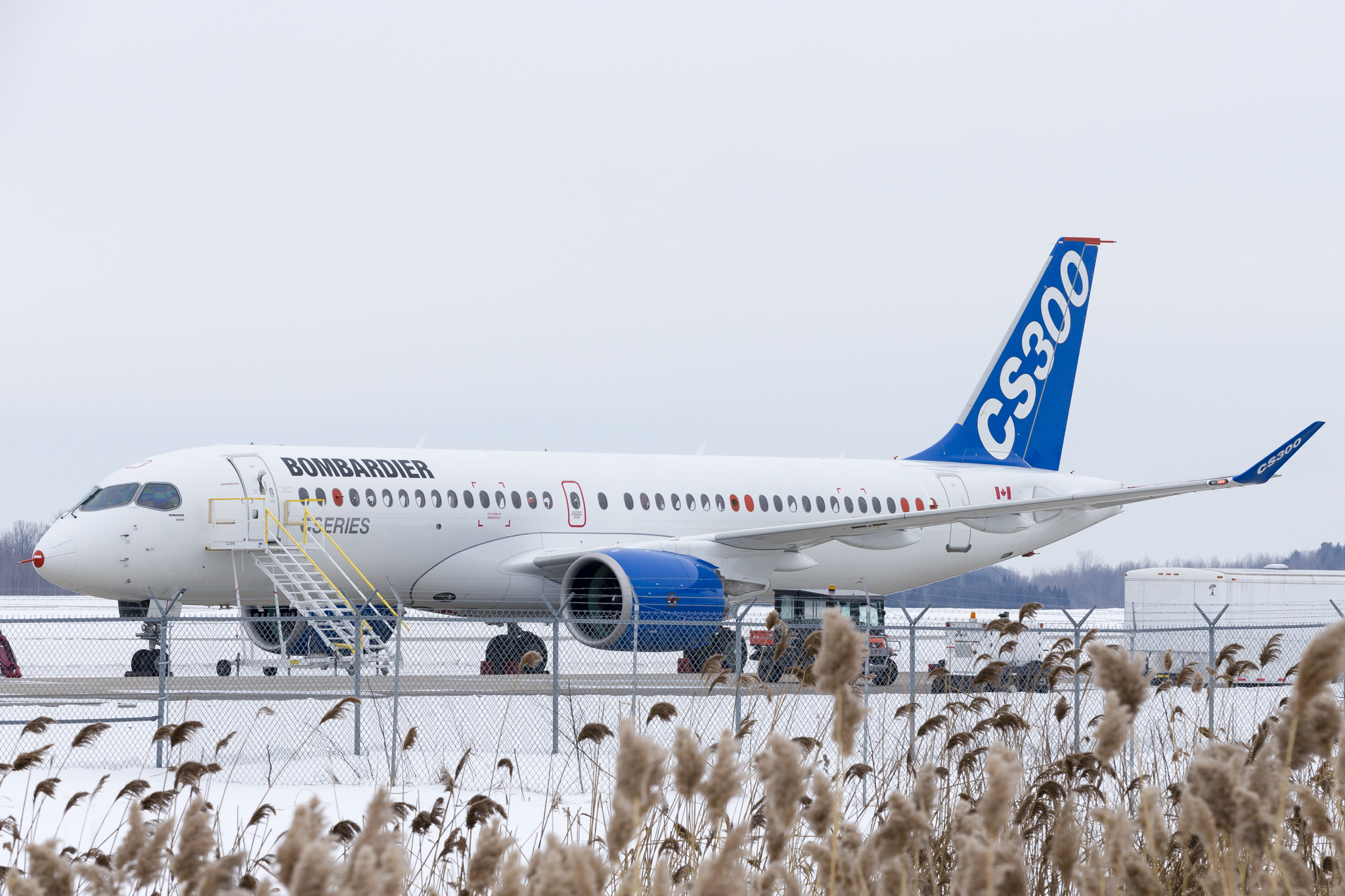Leeham News and Analysis
There's more to real news than a news release.
Embraer gains 125 orders at half-year

John Slattery, chief commercial officer, Embraer Commercial Aircraft. Photo via Google images.
June 17, 2015, Paris Air Show, c. Leeham Co. With focus, as always, on Airbus and Boeing, and an airplane that neither exists nor is about to any time in the near-term (the Middle of the Market aircraft), little attention was paid to Embraer, currently the third of the Big Four commercial aircraft companies.
Embraer finished the Air Show (which essentially ends June 18 for the industrial sector), with 50 orders for the E1 and E2 E-Jets.
John Slattery, the chief commercial officer, said the company is ending the first half of the year with 125  firm orders for the two platforms. EMB now has 70 customers, headed for its target of 100 by 2017, and an important new customer joined the ranks, albeit through a used airplane transaction. Delta Air Lines will purchase 20 E-190s once a new pilot contract is ratified. The airplanes will be flown by Delta pilots for the mainline carrier, not one of its regional partners.
firm orders for the two platforms. EMB now has 70 customers, headed for its target of 100 by 2017, and an important new customer joined the ranks, albeit through a used airplane transaction. Delta Air Lines will purchase 20 E-190s once a new pilot contract is ratified. The airplanes will be flown by Delta pilots for the mainline carrier, not one of its regional partners.


